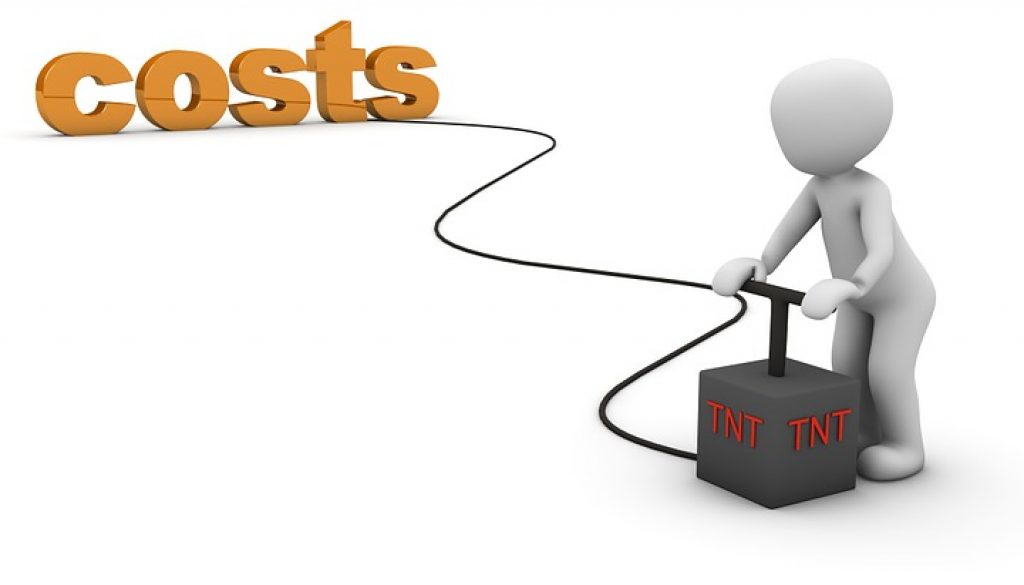
In the dynamic landscape of supply chain management, optimizing distribution costs is crucial for enhancing operational efficiency and profitability. This blog delves into the intricacies of conducting a comparative analysis of distribution costs, aiming to provide actionable insights for businesses striving to streamline their logistics processes.
Understanding Distribution Costs
Distribution costs encompass various expenses incurred in delivering products from manufacturers to end consumers. These costs typically include transportation, warehousing, packaging, and handling fees. For businesses, minimizing these costs while maintaining service levels is paramount to achieving competitive advantage in the market.
Importance of Comparative Analysis
A comparative analysis of distribution costs involves benchmarking against industry standards and competitors. This approach helps businesses identify inefficiencies, pinpoint cost-saving opportunities, and implement strategic improvements in their supply chain operations. By leveraging data-driven insights, companies can make informed decisions that positively impact their bottom line.




